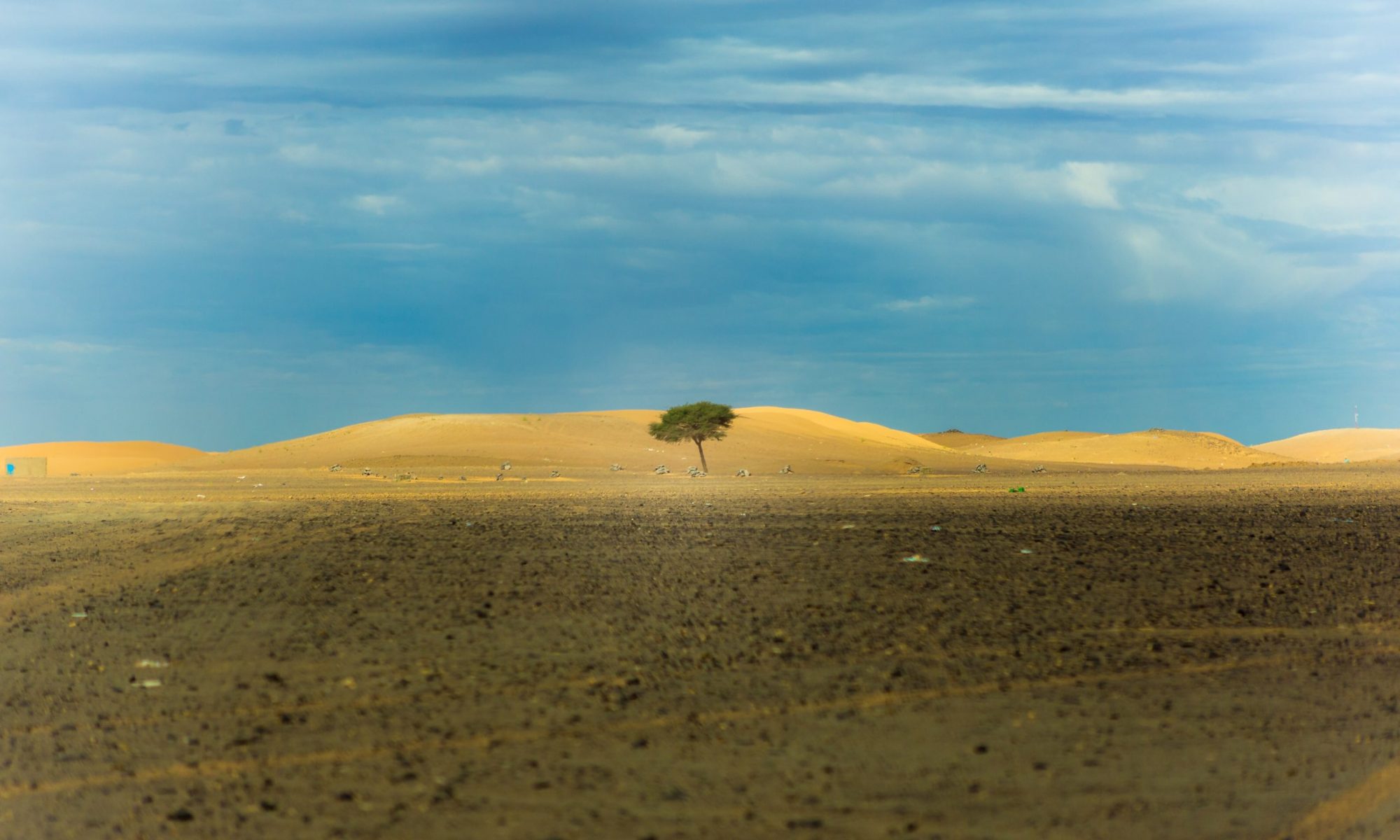On this blog we publish the results of the international, multidisciplinary TRAVAS Workshop held online in January 2021, where we discussed concepts on resilience and vulnerability deriving from different disciplines like ecology, psychology, risk management, geography, sociology as well as their applicability and appropriation for different fields of research in Ancient Studies & Archaeology.
The essays and video presentations of the workshop’s participants and written interviews with experts in the field are made available here to an international readership. The contributions make no claim to completeness but are intended to stimulate discussion.
The blog is published by Martin Hinz, Martin Renger, Stefan Schreiber and Caroline Heitz, who work at different archaeological institutions in Switzerland, Germany and the UK.

